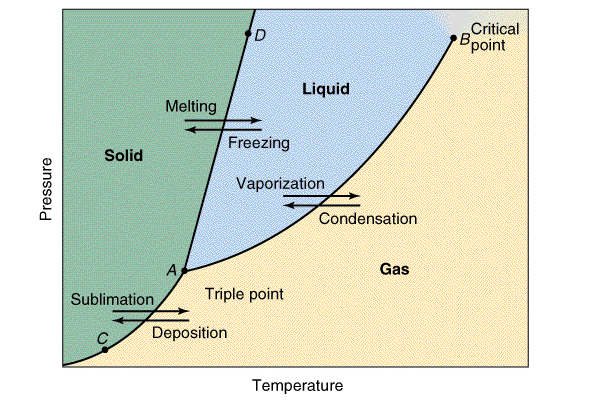The phases of matter represent classes of the type of
molecular motion found at different temperatures. The 'motion' of the
maolecules is described by the position and momenta of the atomic nuclei. The
position of the molecule as a whole is derived from the center of mass of the
atoms that compose it
The molecules undergo classical (not quantum mechanical) motion, either harmonically bound (solid), chaotically
quasi-bound (liquid) or unbound (gas). More here.
Courtesy: PJ Brucat, University of Florida


No comments:
Post a Comment
Thank you for writing to "Chemical Science"